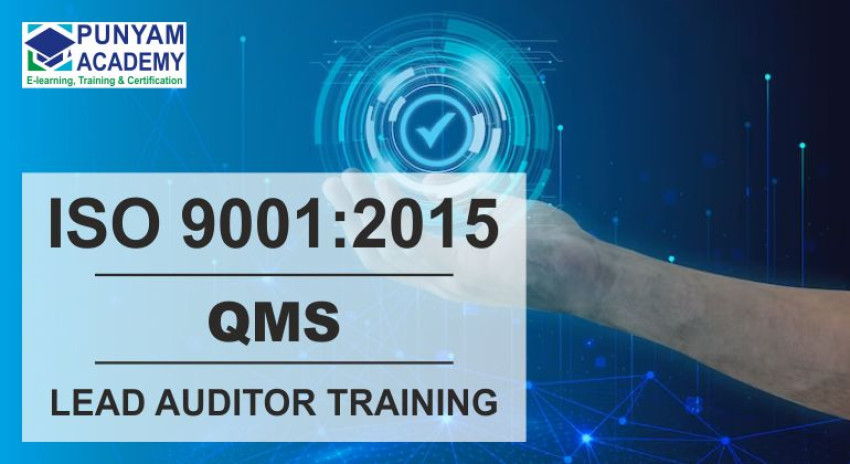
In today's competitive business landscape, achieving and maintaining quality is paramount for success. The ISO 9001 standard provides a proven framework for organizations to establish a Quality Management System (QMS), a systematic approach to ensuring consistent quality in all aspects of their operations. Earning ISO 9001 certification demonstrates a commitment to quality and can lead to significant improvements in business performance. This article explores the core principles of ISO 9001 and outlines the steps involved in achieving and sustaining a world-class quality management system.
ISO 9001 is the world's most widely recognized standard for quality management, published by the International Organization for Standardization (ISO). It outlines the requirements for an effective QMS, providing a framework for organizations to:
• Develop a customer-centric focus: Understanding and meeting customer requirements is a cornerstone of ISO 9001.
• Establish a strong leadership commitment: Management plays a crucial role in driving quality throughout the organization.
• Plan and implement processes effectively: A clear understanding and documentation of key processes are essential.
• Continuously improve: The standard emphasizes the importance of continual improvement through a cycle of plan-do-check-act.
• Empower employees: Engaged and empowered employees are essential for achieving quality objectives.
• Maintain effective communication: Clear communication throughout the organization is critical for success.
The path to ISO 9001 certification involves a several of key steps:
1. Management Commitment: Secure senior management buy-in and establish a quality policy that aligns with overall business goals.
2. Gap Analysis: Evaluate your current quality management practices against the requirements of ISO 9001.
3. Develop a Quality Management System: Design and document your QMS, outlining processes, procedures, and responsibilities.
4. Implement the QMS: Integrate the QMS into your daily operations and train employees on its principles.
5. Internal Audit: Conduct internal audits to identify any gaps in your QMS and implement corrective actions.
6. Management Review: Senior management reviews the effectiveness of the QMS and sets the direction for continual improvement.
7. Certification Audit: An accredited certification body conducts an audit to verify that your QMS meets the ISO 9001 requirements.
Organizations that achieve ISO 9001 certification experience a multitude of benefits, including:
• Enhanced customer satisfaction: By focusing on customer requirements, organizations can deliver products and services that consistently meet or exceed expectations.
• Improved operational efficiency: Streamlined processes and reduced errors lead to increased productivity and cost savings.
• Reduced risk of errors: A focus on preventive measures minimizes errors and rework, leading to improved product and service quality.
• Stronger brand reputation: Certification demonstrates a commitment to quality, enhancing brand image and attracting new customers.
• Increased employee engagement: A well-defined QMS fosters a culture of quality and employee ownership.
• Improved supplier relationships: Collaboration with suppliers focused on quality leads to a stronger supply chain.
Conclusion:
By implementing a robust QMS and achieving ISO 9001 certification, organizations can elevate their business performance to new heights. The focus on customer satisfaction, continual improvement, and a culture of quality excellence paves the way for long-term success and a competitive advantage in the marketplace. For those seeking to lead their organization on this journey of quality excellence, ISO 9001 lead auditor training equips them with the necessary expertise to guide implementation, ensure conformance, and achieve sustained quality management success.


